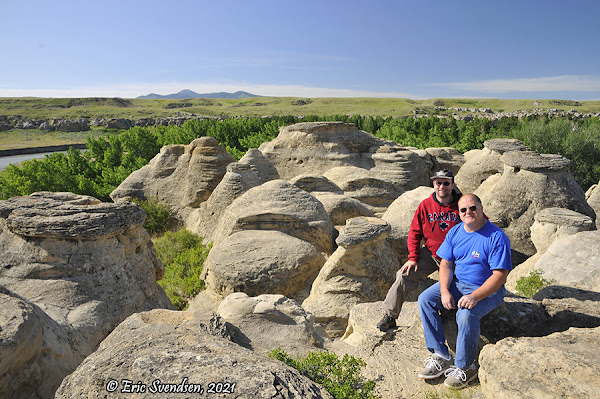What is the value of a friend?

I have written on this subject before, but it is pressing on my mind and I have to express it to anyone who will hear me. Friends are important. I am not talking about acquaintances, people you meet socially, or even those you might have over to the house for an evening together. I am talking about the kind of deep friendship that comes with a commitment for life. Every relationship will face trials. They could be in the form of a disagreement, competition over something, or a wrong that was carried out, one against the other. Think hard about the people in your life where such matters are trivial compared to the value of their friendship. This is where forgiveness comes in. In your heart, you can say, "In spite of the fact that this event has happened, there is nothing that will make me turn away from you." There is another expression for this concept, one that does a far better job at explaining the nature and depth of the relationship. Unconditional...





















